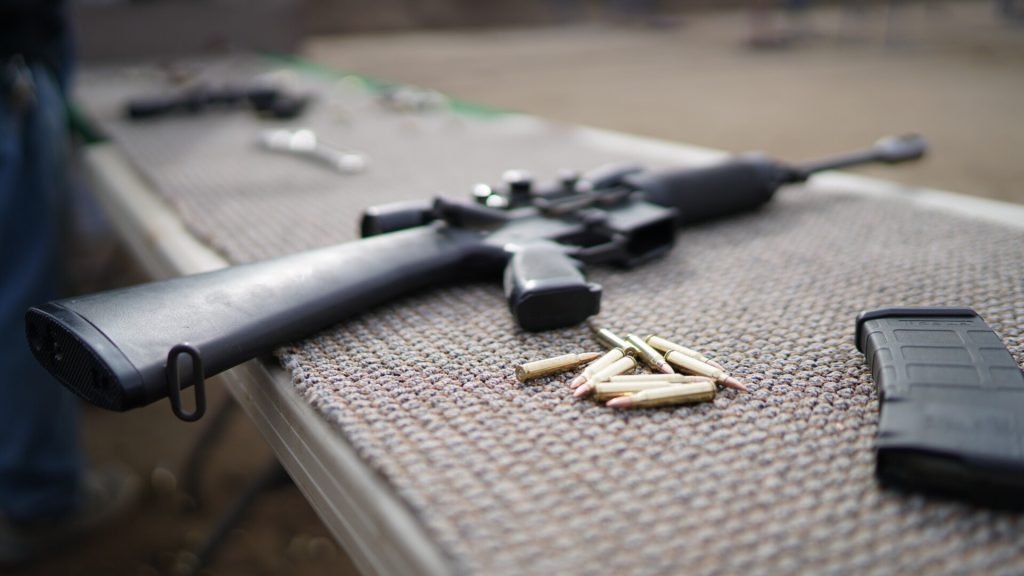Evolving Conceptions of Gun Liability

By Max Dorfman, Research Writer, Triple-I
Two recent developments – one the result of litigation, the other imposed by statute – warrant insurers’ attention, as they reflect shifts in legal thinking on potential firearms-related liability.
Nearly 10 years after the Sandy Hook Elementary School massacre in Connecticut, during which 20 first graders and six staff members were killed, a federal bankruptcy court in Alabama agreed to insurance payments totaling $73 million from gun manufacturer Remington Arms. The payment will be dispersed to the victims’ families who participated in the lawsuit.
This is the first time a gunmaker has been held accountable for a mass shooting in the United States. The ruling could force insurers to become more prudent in how they cover these companies. The risks of such settlements must be considered, particularly as the political and legal landscape continues to evolve.
The case revolved around the notion that Remington negligently sold civilian consumers assault-style rifles, which the plaintiffs argued are only suitable for use by military and law enforcement personnel. This, they argued, breached the Connecticut Unfair Trade Practices Act by the sale or wrongful marketing of the rifle.
Remington, which filed for bankruptcy protection in July 2020, contested that the plaintiffs’ legal arguments don’t apply under Connecticut law and invoked a federal statute, called the Protection of Lawful Commerce in Arms Act, which generally immunizes firearms manufacturers, distributors, and dealers from civil liability for crimes committed by third parties using their weapons.
The plaintiffs were able to demonstrate that the Remington used an “aggressive, multi-media campaign that pushed sales of AR-15s through product placement in first-person shooter video games and by touting the AR-15’s effectiveness as a killing machine,” according Josh Koskoff, lead counsel and partner at the Connecticut law firm Koskoff, Koskoff & Bieder, which represented the Sandy Hook families.
San Jose takes notice
San Jose, Calif., recently approved the nation’s first mandatory gun liability insurance requirement. The news comes four months after a mass shooting on a light rail in the city, which resulted in nine deaths.
San Jose Mayor Sam Liccardo said gun liability insurance will be similar to car insurance, promoting responsible gun ownership, storage, and use, with the fees for possession of firearms potentially hovering between $25 and $30 a year.
Though this insurance cannot legally cover deliberate harm caused by a gun owner, it nonetheless marks a novel way to confront potential mass shootings. Second Amendment activists in San Jose contest the mandatory insurance, stating that this will primarily affect lawful gun owners and not criminals.
While the San Jose measure might remain an anomaly, it reflects a shift in thinking on firearms-related liability. Most insurers do not offer stand-alone gun liability coverage, and no other municipalities appear to be in the process of requiring it. But shifting public sentiment could lead to other ways to address gun violence through the courts and by statute.





